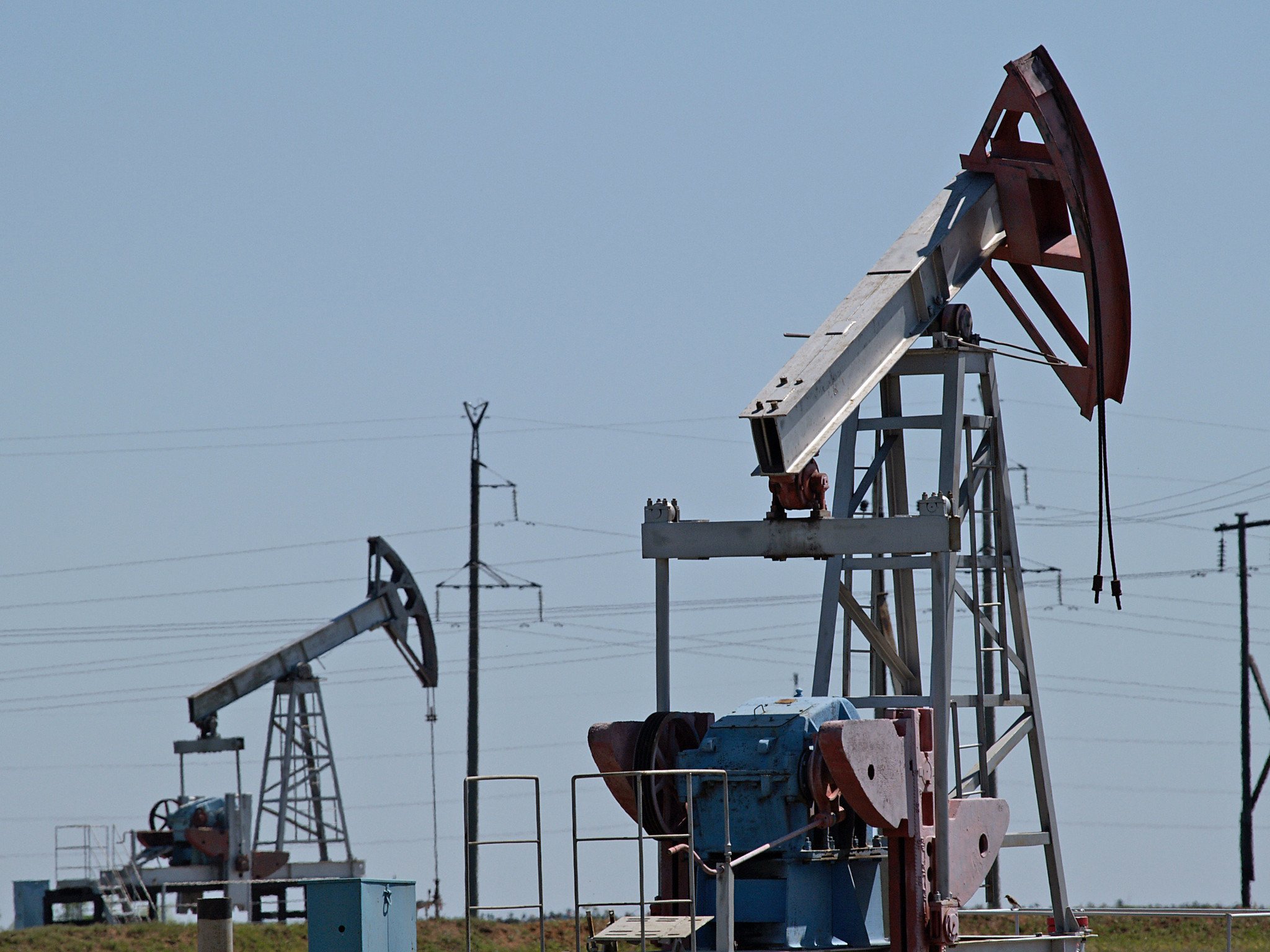With half of 2022 in the history books, it came as a shock to many when a recent report from the International Energy Agency revealed that Russian Federation oil revenues had increased 50% year-on-year despite multiple import limitations.
So far the Federation has made about $20 billion per month off of oil sales that included the U.S. in a big way as recently as the end of April.
Indeed a different report, this one from the Centre for Research on Energy and Clean Air, found that between the start of the war and as late as June 1st, the U.S. had bought €1.1 billion worth of oil from Russia. A researcher on the report, Lauri Myllyvirta, told Fast Company this was sometimes the result of oil being bought by an Asian country that was then sold to the U.S., although some countries like India are denying this is happening.
The IEA report noted that certain further measures by the U.S. and EU to end their reliance on Federation petroleum had not entered into force at the time of the report’s preparation.
“If agreed, the new embargoes would accelerate the reorientation of trade flows that is already underway and will force Russian oil companies to shut in more wells,” the IEA said.
India has ramped up purchasing of the Russian Federation’s crude oil, going from 60,000 barrels per day in 2021 to 840,000 barrels per day in 2022. This is due to a large, 30% discount on Federation oil prices. India is the world’s 3rd largest oil consumer, and they have defended their purchasing of crude oil by criticizing the U.S.’s hostile unilateral sanctioning of other major would-be oil suppliers of India such as Venezuela and Iran.
Peeling paint
There’s something of a veneer coming off the image of oil markets as places where supply and demand work to bring about an equilibrium and satisfy the needs of the largest number of humans. The global oil market is more influenced by governments than perhaps any foreign policy analyst could have imagined before the conflict broke out.
Now that oil is a scarce commodity Gasoline prices continue to rise across the world, and particularly in the U.S., as a result of a combination of reduction of imports from Russia and monetary inflation from earlier money creation arriving in broader sectors of the economy.
The national average has crossed $5,00 per gallon, while in EU countries like Italy that are strong importers of Federation crude, it’s reaching €2,00 per liter, which is awfully close to $10,00 per gallon.
This is despite a boastful Joe Biden recently noting that his administration led “the largest release of global oil reserves in history — 240 million barrels” in order to prevent prices from rising more.
US energy security envoy Amos Hochstein, in response to a question about whether Moscow was making more money now off its fossil fuel sales, Hochstein said, “I can’t deny that”.
It’s a stark picture of the costs the Biden Administration has chosen to place on the world in the desire to punish Vladimir Putin rather than work to end the war as quickly as possible. WaL
If you think the stories you’ve just read were worth a few dollars, consider donating here to our modest $500-a-year administration costs.



